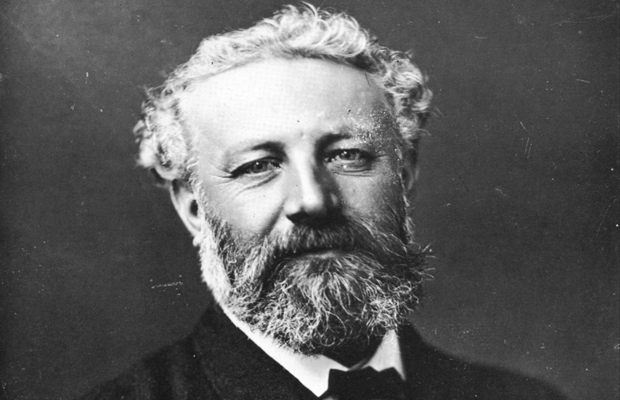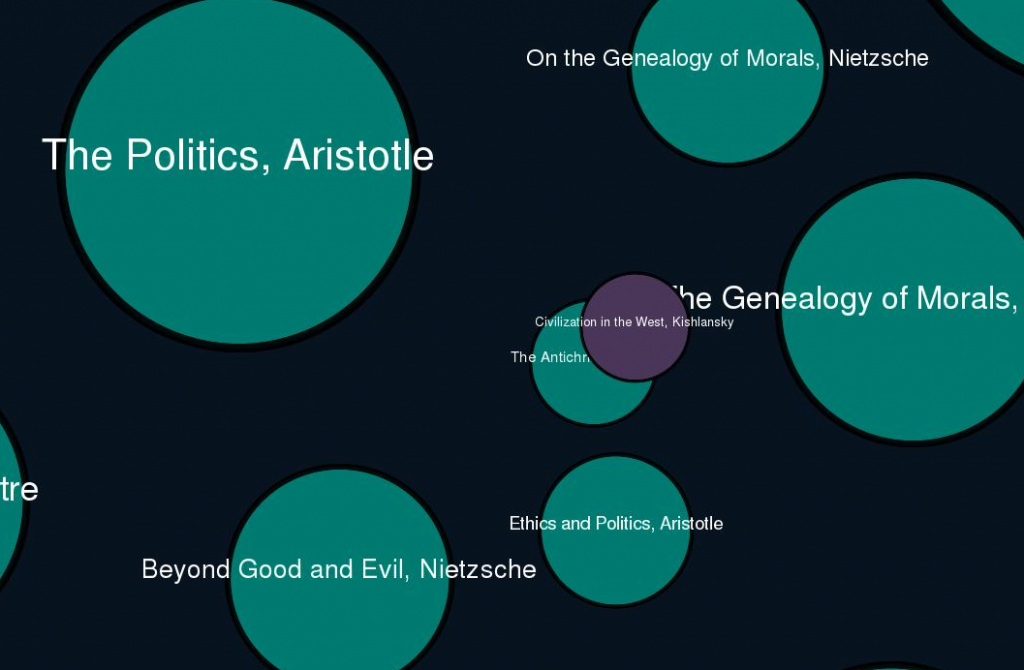Those familiar with David Bowie lore may know one or two things about the recording of his seminal 1978 track “Heroes.” One is that the recording studio did, in fact, look out over the Berlin Wall and the lovers that Bowie saw made it into the lyrics (“I can remember standing by the wall/And the guns shot above our heads/And we kissed as though nothing could fall”). The other is the microphone set up in Hansa’s expansive recording studio: one next to Bowie’s mouth, another 15 — 20 feet away, and another at the far end of the room to catch the reverb. (Hands up how many of us learned about that when Steve Albini copied it for Nirvana’s “All Apologies”? Anybody?) But as this video above with producer Tony Visconti shows, that’s only a few of the magical inventions and daring decisions made for this recording. The session contains lessons for any young producer endlessly fiddling about with their ProTools and the millions of choices afforded by a $2.99 synth app for the iPad.
When Bowie added his vocals at the end of the recording session, there was only one track left on the tape, having filled up the 23 other tracks with the band’s backing track, Eno’s synths, extra percussion, three (!) tracks of Robert Fripp commanding the gods through his guitar pickup and feedback, and more. If they didn’t like the take, they’d erase over it with the new one. Those were the analog days. But as Visconti says, that scary decision electrified Bowie. As an artist, everything was at stake. It’s like they knew they were making a song for the ages. Maybe it’s Visconti’s 20/20 hindsight, but they were right.
This small segment above is part of a longer three-hour tour through Visconti’s career, recorded in 2011 for the Red Bull Academy lecture series. Visconti talks about working with Marc Bolan, Morrissey, Paul McCartney and others, along with his thoughts on producing, and a great deal about Bowie’s “Berlin Trilogy.” (The second half of the talk is here.)
But there’s so much more to be discovered among those 24 audio tracks of “Heroes.” In this wonderful BBC documentary from 2012 (also see up top), Visconti sits down with the digitally transferred master tapes and takes us through the construction of the song. Here we get to hear Robert Fripp’s raw guitar tracks which sound so incredibly abrasive it’s hard to believe they exist in the song; Visconti’s “cowbell,” which is him hitting a pipe outside in the yard; Eno’s synth in a briefcase, the EMS Synthi‑A; and numerous painterly daubs of audio that all make up the mix. And then there’s that vocal, which Visconti lets play without any of the music, a song for the history books, a voice that couldn’t be constrained to just one mic. The video unfortunately couldn’t be embedded on our site, but it’s definitely worth your time.
Related Content:
Hear Demo Recordings of David Bowie’s “Ziggy Stardust,” “Space Oddity” & “Changes”
Dave: The Best Tribute to David Bowie That You’re Going to See
Ted Mills is a freelance writer on the arts who currently hosts the FunkZone Podcast. You can also follow him on Twitter at @tedmills, read his other arts writing at tedmills.com and/or watch his films here.




